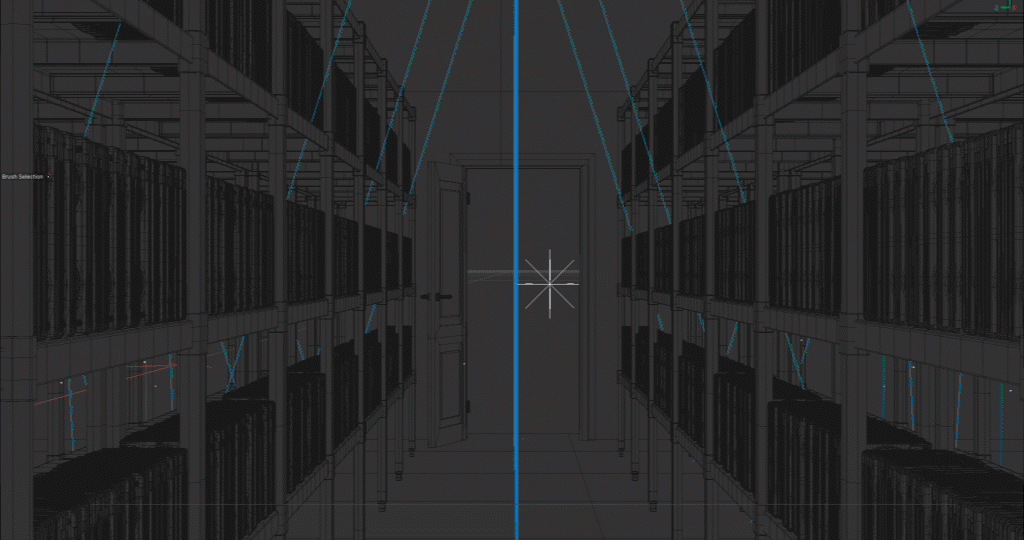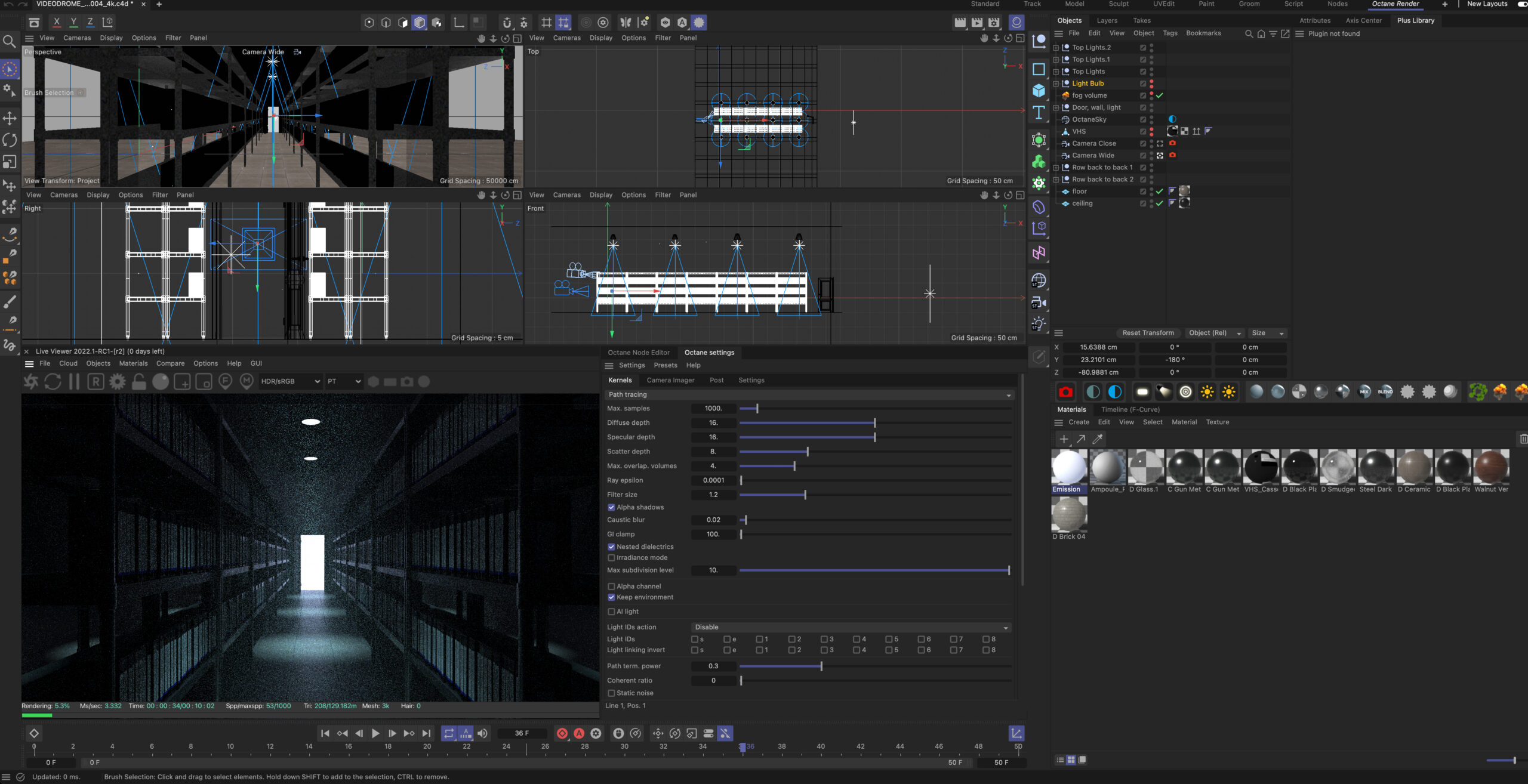Portfolio
Videodrome
"Your reality is already half video hallucination. If you're not careful, it will become total hallucination."




























































